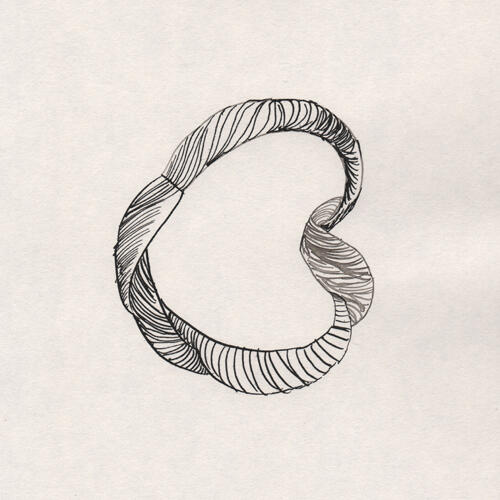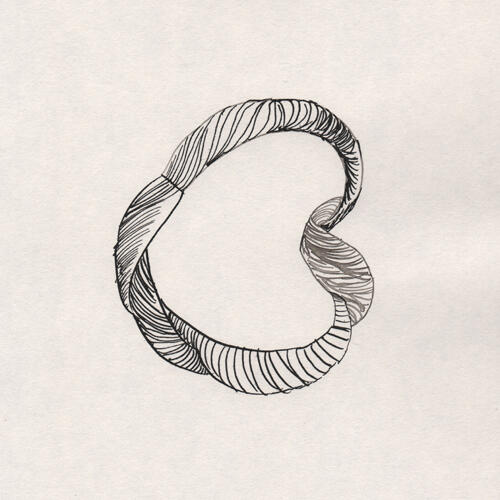Leticia El Halli Obeid
713 Arte Contemporáneo, Buenos Aires
Video and electronic-based artistic media are the habitual supports for the work of Leticia El Halli Obeid (1975). One of these pieces, Menos tiempo que lugar (Less time than space), curated by Alfons Hug, is currently being shown at the Latin American Pavilion in the Venice Biennial, alongside other videos by young artists.

Diamante (Diamond), the exhibition the artist is currently presenting at 713 Contemporary Art Gallery, in the old San Telmo district, implies a reunion with the materiality of drawing and painting; it implies working with the gesture, in pen and ink, and sometimes, but only sometimes, incorporating a measure of color: red, green, blue.
A Diamond is a cut gemstone, with thousands of facets that reflect the light (enlightenment and knowledge). But Diamante is also the name of the hometown of the artist’s grandparents in the province of Entre Ríos; we are therefore in the presence of a memory exercise in which archaeological layers appear; a journey to the roots from where there emerge forms that have been dreamed, imagined, or perhaps remembered: photo stills that present to us Orlando’s love affairs in the novel by Virginia Wolf, while he escapes from the 18th century to appear in the 19th. Ornaments that are transformed into women’s clothing as revealed in the illustrations of Jane Eyre, the book she read when she was a teenager. Handwriting as a shape, as an art language, simple and beautiful. These drawings − a combination of memories and oblivion, of disorderly lines and geometric forms, of erupting volcanoes and Möbius spirals − are born as an exercise to recover concentration, the pleasure of the stroke and an intimate silence.
The papers, carefully organized by Lara Marmor, the exhibition curator, are displayed quietly on curved tables to narrate the story that each viewer wants to read in them.
-
 The Ring, 2011. Ink on paper, 5.7 x 7.7 in.
The Ring, 2011. Ink on paper, 5.7 x 7.7 in.
El Anillo, 2011. Tinta sobre papel, 14,5 x 19,5 cm.




